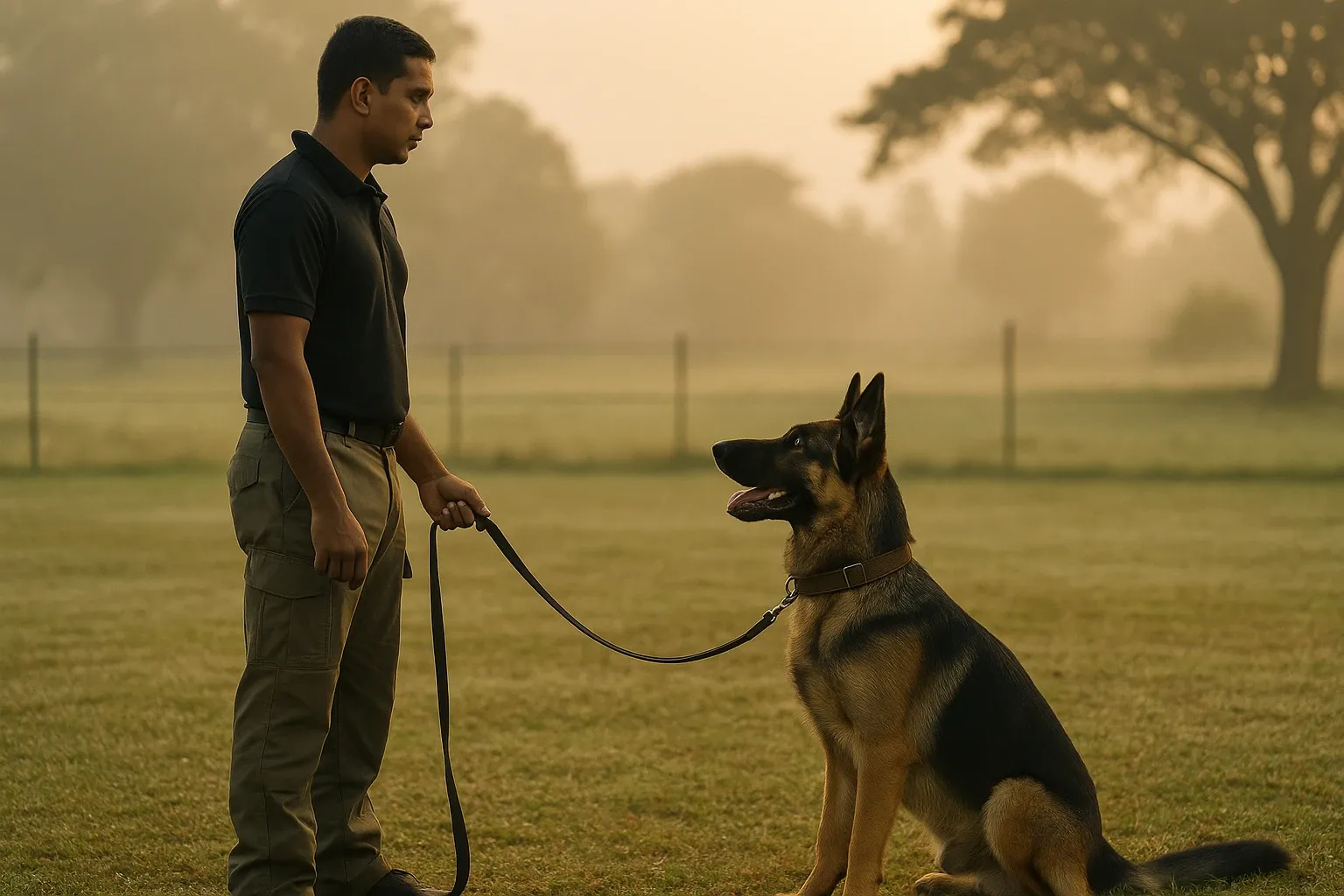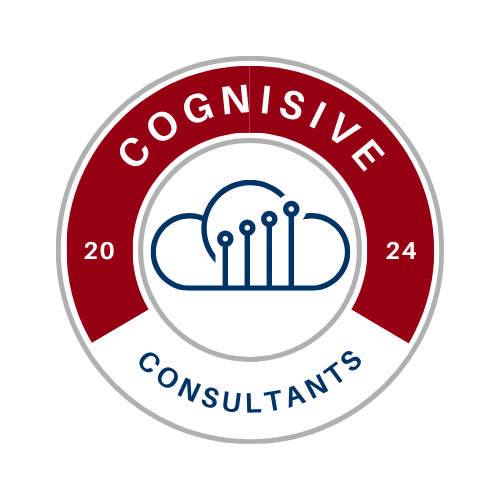The Fidelity Method: Rebuilding Sri Lanka’s Working Dog Culture from Foundation to Field
Working dogs are not shaped by commands or force, but through clarity, composure, and relational architecture. This is the Fidelity Method.

By Alfie Ameer — VONFIDEL K9 & Cognisive Consultants
There is a point in the development of a working dog team where obedience gives way to something far more precise. The handler is no longer issuing commands; the dog is no longer performing tasks. Instead, both are operating within a shared cognitive field — a state in which posture, breath, direction of attention, and micro-intention carry more meaning than verbal cues.
This is not a technique and not a trick.
It is a relationship architecture.
And it cannot be created by force, purchased through pedigree, or achieved through repetition alone.
It must be built, deliberately and with a clear developmental logic.
Across Sri Lanka’s working dog landscape — in military kennels, police units, private protection programs, and sport circles — the prevailing model still treats the dog as equipment, and training as task acquisition. But working dogs are not instruments. They are decision-making beings operating under pressure, novelty and consequence.
The question is not how to control the dog.
The question is how to create a state in which the dog chooses correct action with clarity and confidence.
The Fidelity Method
The Fidelity Method is founded on two reciprocal conditions:
The dog works to earn the handler’s pleasure.
The handler conducts himself in a manner deserving of the dog’s loyalty.
This is neither dominance nor indulgence.
It is mutual meaning.
The dog does not give its fullest effort to the strongest handler, nor to the strictest, nor to the most technically skilled. The dog gives itself to the handler who is:
- Emotionally stable
- Clear in intention
- Predictable in state
- Clean in communication
- Able to carry pressure without leaking it
The handler’s nervous system is the method.
The dog does not obey the command — the dog obeys the state.
This is why two handlers can work with the same dog and produce fundamentally different animals.
Working dog performance is not obedience. It is the transfer of emotional regulation and perceptual clarity from handler to dog.
Bloodline Is Potential — Not Capability
Sri Lanka now has access to strong genetics — German Shepherds, Belgian Malinois, Dutch Shepherds, and desert-adapted steppe lines. But genetics without structure produce instability, reactivity, and showmanship without function.
Without:
- Environmental neutrality
- Drive development and modulation
- Grip maturity and release discipline
- Civil aggression channels developed slowly and correctly
- A handler who communicates through state rather than command
a high-drive dog becomes a liability, not an asset.
A dog that can bite is not the same as a dog that knows when and how to bite.
Capability is judgment under pressure — not aggression.
Power without structure is instability.
Structure without relationship is mechanical.
The Fidelity Method binds power to purpose.
Culture Before Technique
The strongest variable in any working dog program is not the training curriculum.
It is the culture of the handlers.
If the culture rewards intensity over clarity, performance over stability, ego over discipline, or secrecy over instruction — the dogs will reflect exactly that.
Working dog culture is not built by tools or titles.
It is built by standards that do not bend.
The Future
Globally, high-level working dog development now centers on:
- Cognitive partnering
- Emotional discipline in handlers
- Neutral dogs capable of both restraint and decisive escalation
- Communication built on state alignment, not loud instruction
The dog does not need to be made powerful.
The dog already is powerful.
The task is to make the relationship worthy of that power.
In the end, the dog does not follow the handler’s command.
The dog follows the handler’s character.
About the Author
Alfie Ameer
Working dog trainer and performance psychology advisor specializing in canine–handler relational architecture, civil aggression development, and operational deployment readiness. Founder of VONFIDEL K9 and Cognisive Consultants, his work integrates animal behavior science, leadership psychology, and field operations to create high-fidelity working dog teams capable of clarity, neutrality, and decisive action under pressure.
Originally published at Insights by Cognisive Consultants.
© 2025 Cognisive Consultants • Vonfidel Group.

